The more we learn about the bodies of our Solar System, the more we realise that, far from the cold, lifeless worlds we once might have expected them to be, the planets and moons in our cosmic neighbourhood are dynamic places where life could conceivably take hold.
From Jupiter's moon Io - a hive of volcanic activity - to the subsurface oceans of Enceladus and Europa, to the liquid water that may once have flowed on Mars, it seems our Solar System's planets and moons are dynamic worlds, often exhibiting conditions where microbial life at least could take hold.
With that in mind, it seems incredibly likely that some sort of microbial life must exist elsewhere within the Universe.
But what about intelligent life? Stories of UFOs and aliens visiting Earth in saucer-shaped craft seem beyond belief, but it's at least conceivable that somewhere in the Universe there exists or has existed another species just like our own.
There are many cases of strange signals coming from space, like the story of radio signal ASKAP J173608.2-321635.
If intelligent life arose on our tiny blue planet orbiting an average star in the arm of a spiral galaxy, why couldn't it arise somewhere else in the cosmos?

And if an alien civilisation is out there, how can we find it, how can we make contact, and what would happen if we did?
These questions are the concern of the field of SETI, or the search for extraterrestrial intelligence.
One of the field's most articulate advocates is Franck Marchis, a planetary scientist, a researcher at the SETI Institute and the chief scientific officer at the Unistellar citizen science project.
We got the chance to speak to Franck about the search for life beyond Earth, how the SETI Institute operates, what it would mean to find intelligent life and what he really thinks of UFOs.

SAN: What is SETI and how is the SETI Institute involved?
FM: SETI is search for technosignatures or intelligence in our Universe.
The SETI Institute is a non-profit organisation in California and which was created in 1984.
It is made of astronomers, biologists, philosophers: any type of people who are interested in finding, searching for intelligent life in our Universe.
There are three main ways to search for intelligent extra-terrestrial civilisations:
One is to search for technosignatures using, for instance, radio antennas or looking for lasers, both in the universe coming to us from technological civilisations.
The second way is to design instruments capable of searching for microbes in the solar system.
And the third way is by studying exoplanets: planets in orbit around other stars.
Are we searching for signs of technology from other civilisations?
SETI research started off with the search for radio signals. These are signals coming from a civilisation that could have invented, for instance, TV or radio.
And we may be close enough to them that we can hear those signals and understand quickly that they are artificial.
This is one of the searches, but now we have expanded. I mean, this was done 35 years ago when we thought that radar was basically the pinnacle of civilisation.
But now we have lasers. We have new technology coming soon that is going to be even better for communication.
You could also imagine a civilisation that knows we are here for some reason, because they have developed new telescopes and they have been monitoring us.
They find out that there is some light variation coming from our planet. So they say, "oh, maybe there’s someone there. Let's talk to them."
So they design large lasers and they beam this laser to us and send us messages.
It will take a hundred years for us to receive it, if they are 100 lightyears away from us, but they will be able to tell us "we are here".

That's the kind of signal we want to be able to detect. That's what we call Laser SETI or optical SETI.
And then there are exoplanets. And this is very interesting, too, because it's very new field.
We discovered the first exoplanet in the 1990s, but now we know that there are probably 300 million habitable planets in our Galaxy.
So if there is life on one of these exoplanets – and specifically technologically advanced life – if we observe this planet and we see a variation of light due to seasonal effects, or a change in composition of the atmosphere due to civilisation, we will know that a civilisation is there.
It could be for instance the detection of CFC, the famous gas we use in our fridges, or it could be the detection of an increase of a gas that is not a naturally occurring gas like carbon dioxide.
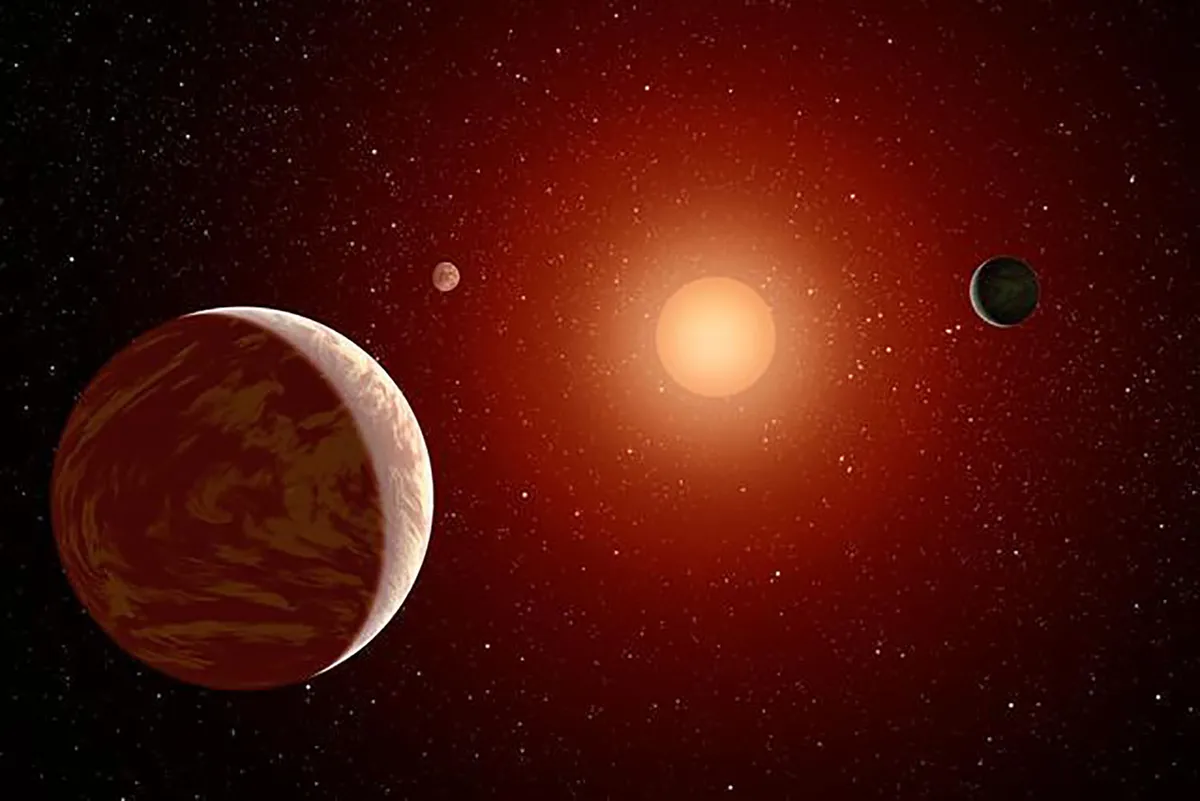
Would an intelligent civilisation elsewhere in the Galaxy need to have similar technology for us to recognise their signal and be able to detect it?
That's totally correct. We have a very anthropocentric point of view, meaning that we take humanity and we say, okay, where will be our civilisation in 5, 10, 20, 100 or 1,000 years? Let's extrapolate and search for the same type of civilisation.
It's true that it's very anthropocentric because our civilisation is a technological, biological civilisation and we have no proof that this kind of civilisation is everywhere.
Maybe biology doesn’t always lead to intelligence and technology.
Maybe biology leads to intelligence only, but species that are fully adapted, adapted to their planets.
Take our planet, which has human beings living on it. Now say we remove all of them. We still have intelligence on our planet.
Just look around you. Dogs are intelligent. Whales, dolphins are intelligent. They have a different type of intelligence.
They don't communicate technologically, observe lasers, watch TV and things like that.
But they are intelligent and they would be completely invisible to our search.
Sadly, we would not be able to detect an extraterrestrial whale on an exoplanet for example.
Secondly, we also assume that any intelligent life that does exist, exists at the same time as us.
Our galaxy's a hundred thousand light years in diameter. So two civilisations would need to evolve together at the same time to be able to communicate with each other.
And that's difficult. It's very unlikely.
However, now we know there are at least 300 million habitable planets in our Galaxy, the likeliness of this being possible is higher than when we started this search 40 years ago.
40 years ago, we didn't even know there were planets orbiting around other stars.
Now we know that there are planets and habitable planets, planets like Earth around stars, so the likeliness of a civilisation like ours existing is significantly higher.
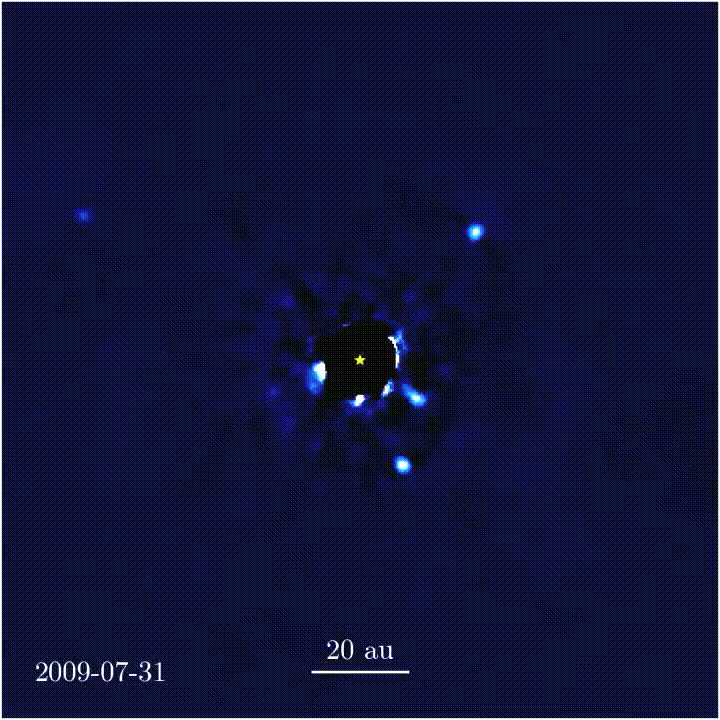
What happens in a typical day at the SETI Institute? How does it all work?
I don't do the radio search, but I do know how they do it!
We don't send signals: we receive them. We have different programmes, and one of them is to listen to every system that has a planet.
We know, thanks to the Transiting Exoplanet Survey Satellite (TESS) and Kepler space telescope, the spacecraft launched by NASA, that there are planets in orbit around several nearby stars.
So what they do with the Allen Telescope Array is to listen to the stars, because if there is a planet like Jupiter in orbit around one of those stars, it's very likely there will be a terrestrial planet as well.
So let's maximise the chance of finding a terrestrial planet like Earth by listening to the stars that have a planet like Jupiter.
They do these searches systematically. They use different catalogues to search for planets around stars that are the same age as our Sun.
This way we can assume that if a civilisation evolved similarly to ours, they may have the same type of technology.
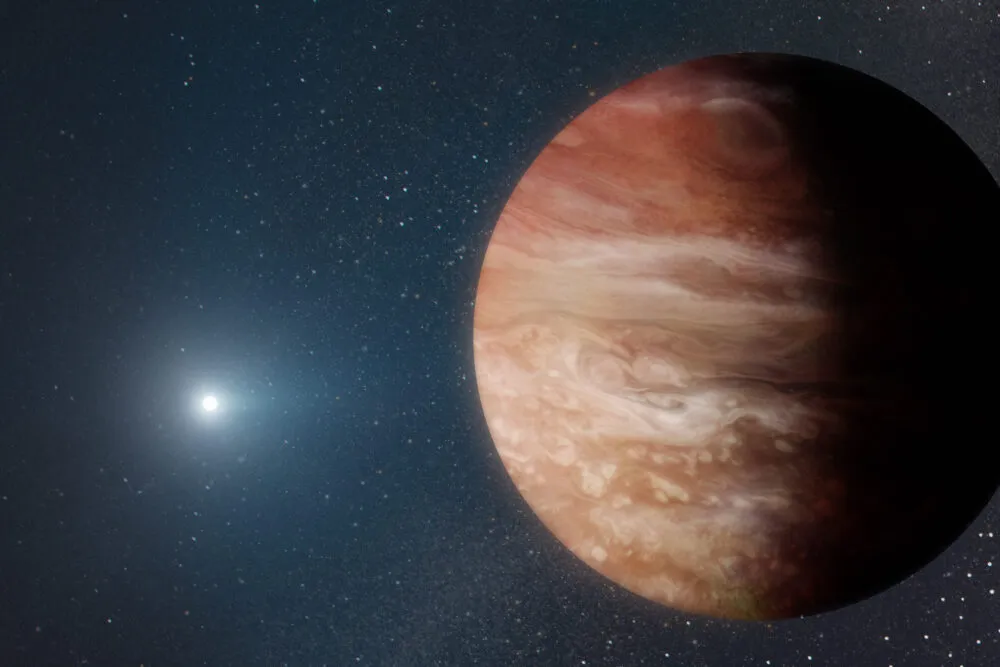
Or they also search in the inner part of our Galaxy because in this area, stars are older: 12 billion years old typically.
So any civilisation could be extremely advanced.
We may assume that it would be extremely noisy, technologically speaking. So if we look in this area, we may see a lot of technological civilisations.
In fact a paper published two years ago using Murchison Widefield Array, one of the radio antenna arrays in Australia, showed that after observing 10 million stars, no technological signals were found, unfortunately.

Do you retain hope of success or within our lifetime?
Jill Tarter used to say that searching for life by using technosignatures, like we are doing, is like going out on a boat in the middle or the Pacific, taking a glass of water out of the ocean, looking at the water and saying "there are no fish and hence no life in this ocean."
We’ve only just begun the search. Even though the number I gave you of 10 million stars is enormous, it's nothing compared to the number of stars we have in our Galaxy: 400 billion stars.
And that’s nothing compared to the size of our Universe, which has probably around 3 trillion galaxies.
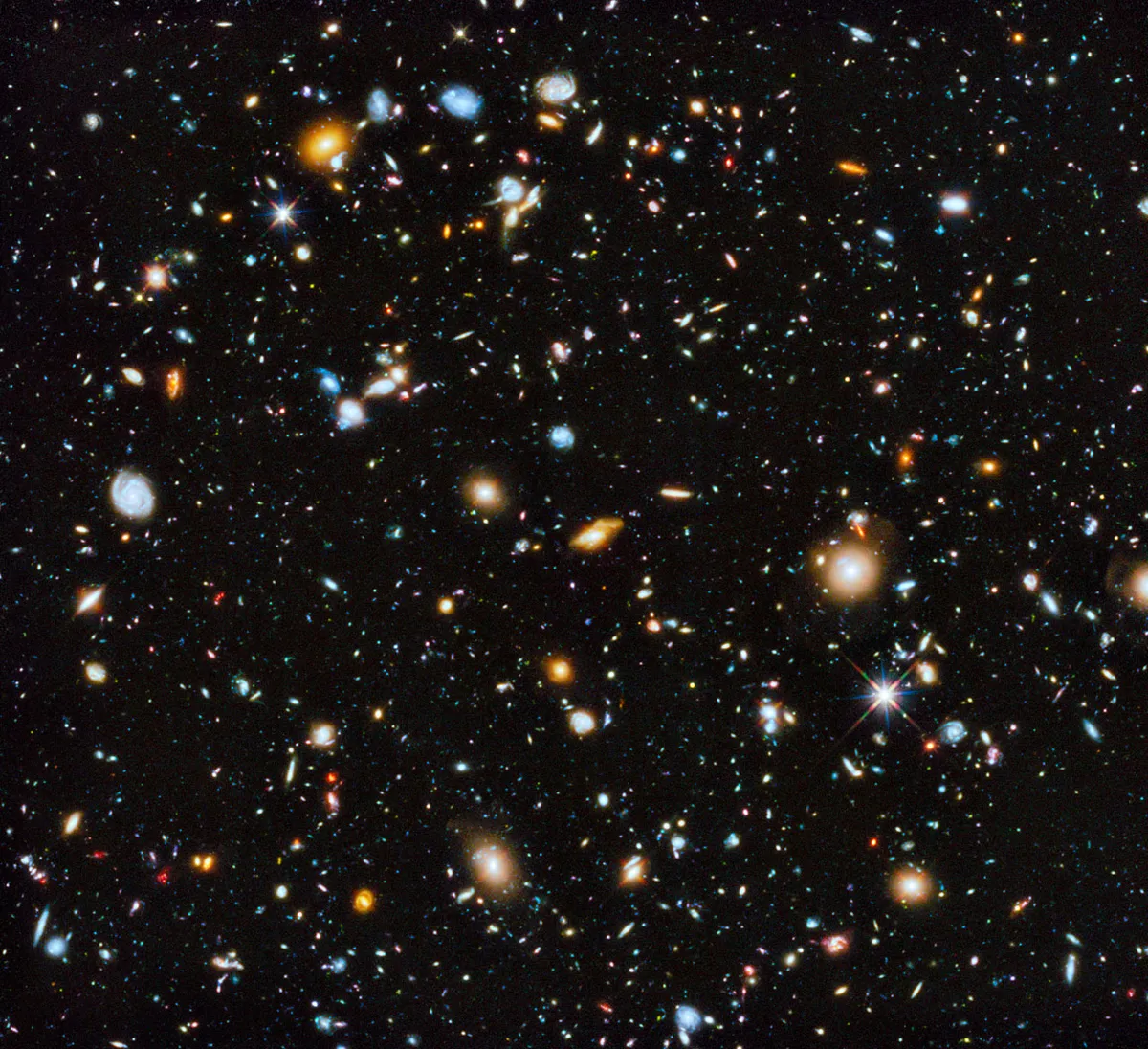
The search will take a long time, but at the moment we are speeding up, maximising the chance of detecting these signals.
My prediction is that we will find life in probably 10 to 15 years, but this will probably be microbiological life and this will be detected on exoplanets.
Since we can sniff the atmosphere of exoplanets, we can analyse very accurately the composition of those of the atmosphere.
We will be able to detect the presence of imbalanced gases.
It will be complicated. It will be a huge debate in the community.
But I'm betting that in 10 years we will have a radio candidate, a planet that is identical to Earth in terms of chemistry.
And scientists will try to convince you that this is a planet with life like ours.
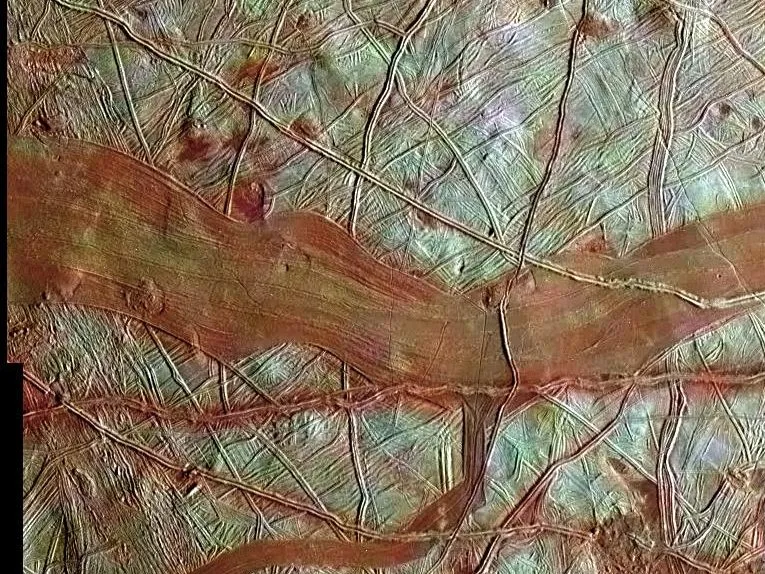
The more we learn about the bodies in our Solar System – moons like Enceladus or Europa with subsurface oceans – it does seem like an inevitability, doesn’t it?
Yes, I'm convinced of that. And one of the reasons I'm convinced is because if you just look at our planet, Earth was formed 4.5 billion years ago.
500 million years after its formation, Earth was totally not habitable, as we define it.
If I were to put you on Earth 4 billion years ago, you would die in half a second, because of radiation, because of asteroid impacts, volcanic activity, the composition of the atmosphere, the density. It was not inhabitable planet.
And despite all of this, because we have liquid water, we had enough chemistry to kick-start life, microbiological life.
Maybe I’m being optimistic, but I'm betting that there is life elsewhere in our Solar System.
I'm betting there is life almost everywhere in our Galaxy, on any planets that have liquid water.

What would it mean to our species if we did find evidence of another intelligent civilization?
My view is not really the classical view! So I'm going to say what I really think.
The reason we are searching is not only because we want to know whether or not we are alone.
One of the reasons we do the search is because if we find an intelligent civilisation, we will know that us, a biological, technological civilisation, we do have a future.
We're not sure about that. Think about it.
As I mentioned before, our planet could have an intelligence like whales - not technological - and be happy with it.
We are maybe an anomaly. We are maybe not something that evolution necessarily leads to.
Maybe intelligence, technological intelligence, is not something that is supposed to live for a long time on a planet.
Maybe we will self-destruct. Maybe our planet will destroy us. Maybe there is no future for this kind of biological technology.
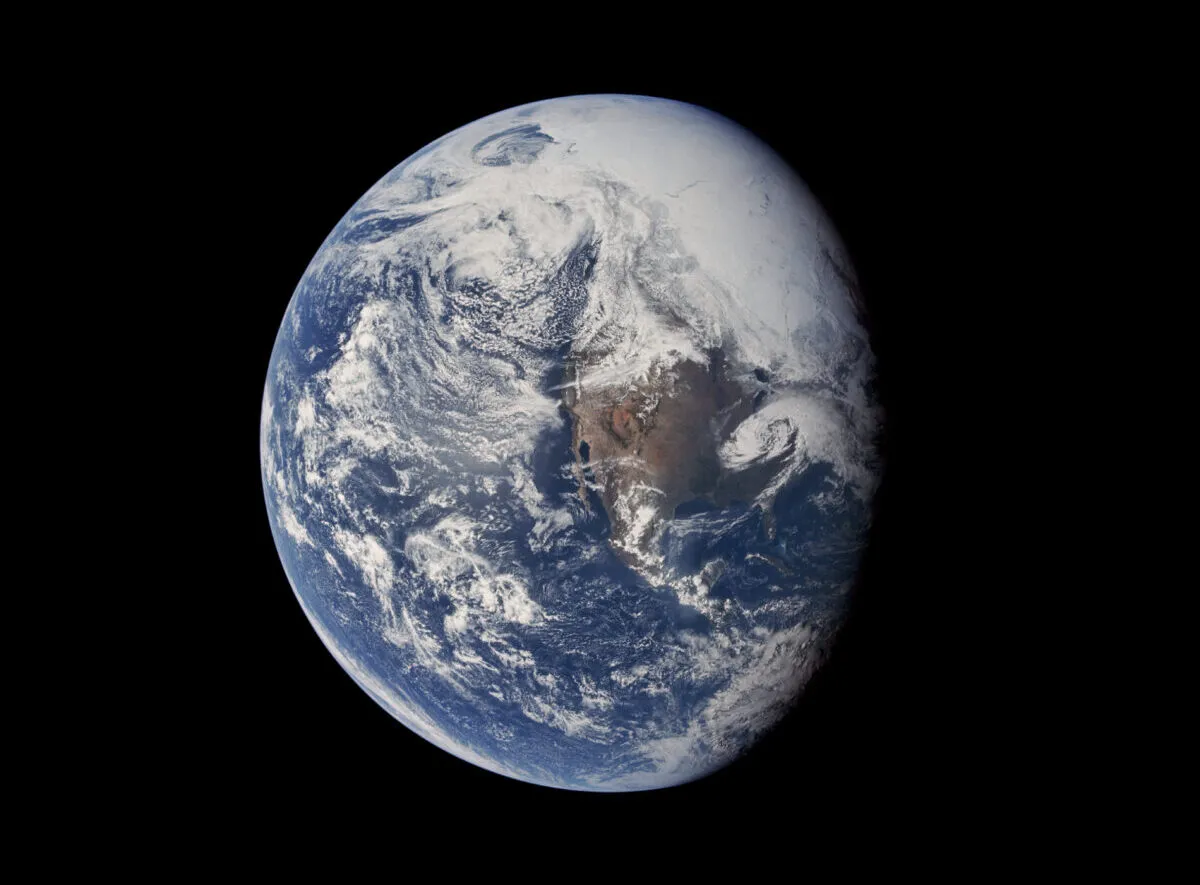
So if we found a species like us, biological and technological, we would know that there is a future, at least for the two of us.
We would have someone to talk to, someone to exchange information with, maybe someone to help each other grow together like a brother or sister.
That's an important thing. Our civilisation is not stable. Look around us. Look at what's going on right now on our planet.
It's clear that we have not stabilised yet. Our presence on this planet is changing it in such a way that we are going to self-destruct.
So finding intelligence elsewhere may be useful for us to learn from them, to exchange information, and to know we have a future as a species.
Yet we wouldn't have the technology to visit them in one human lifetime. Also, the sending and receiving of interstellar emails would take a long time as well!
Yeah, but you are thinking like a human being with a life of 80 years!I'm thinking of the scale of a civilization: 1,000 years.
Think about it. If you went to see a Native American 500 years ago and told them that we would one day have a tube of metal flying through the sky, that you would be able to go to Europe in less than 14 hours, they would think you are crazy.
The reason we invented aeroplanes is because we realised that we needed a way to move faster on this planet.
If we find another pale blue dot, another civilisation elsewhere, if it's 20 lightyears away from Earth, 100 light years away, there will be a lot of motivation to go there, to develop technology to go there.
Someone may be born tomorrow and will grow up as a kid, knowing that there's a habitable planet around Alpha Centauri, for example.

This kid will invent or will have the motivation to invent the technology that will send us there.
We always think that science works empty, self-sustained. No. Science works with the motivation of people around us.
The reason we invented aeroplanes is because we needed them.
The reason we will invent a faster than light propulsion system or way to communicate using quantum entanglement will be because we know that we need it.
If we did find an intelligent civilisation, would we even recognise it as life?
Yeah, that's a big question. That's a question that keeps a lot of biologists busy at the moment.
People are trying to create in labs a different type of atmosphere and see what kind of imbalanced gas would be created by a different type of biosphere that is not similar to ours: carbon life.
This is something we’ve just started to study.
The reason is because we are now on the verge of being able to image exoplanets. We are on the verge of getting spectrum of the atmosphere of exoplanets.
Once again, science doesn't work in a vacuum. Suddenly we know that we are going to receive data coming from those exoplanets soon, so there is motivation from those biologists to create these models of advanced species that are not microbes.
Frankly, I don't know. This is something you should ask a biologist.

There are so many reasons that humans are this height: that we are not shorter. This is related to the atmosphere of the planet, the density, the gravity, all of these.
We could have been advanced dinosaurs, intelligent dinosaurs. Unfortunately, an asteroid destroyed the dinosaurs. And so mammals took over.
But think about it. A tiny change in the timeline of our planet can completely change the the evolution of a species.
We could have been very small dinosaurs or something completely different, something in the ocean.
But in the end, because the asteroid destroyed most of the species 65 billion years ago, we are intelligent mammals.
In other words, I don’t really have an answer!
Does so-called ufology, or the claims of unidentified craft seen in our skies, play any part in SETI or the SETI Institute?
That's a very difficult question, but the view on this is changing.
You probably have heard like a year and a half ago, we had this meeting at the International Astronomical Congress, and a large group of scientists are pushing to create a working group that will be able to study UAPs.
UAPs is the modern way of describing UFOs because ‘UFO’ has been used so many times in movies and so on, that we decided to call them ‘unidentified aerial phenomena’ instead.
There are more and more of those reports because people have the capability to record.
I do love the story of the Roswell UFO incident. It’s the beginning really of modern UFO stories.

But think about it now. Today everybody can record an image, a picture in literally a few seconds if they have a cell phone.
So we have multiple recordings of weird things happening in the sky.
And we could be scientists who refuse to see the facts, but we must stop hidding our with our head in the sand pretending that nothing is happening.
I mean, you do see these videos. People ask me every day.
I cannot take an aeroplane and say I work at the SETI Institute without someone asking me to tell them about a UAP in pictures or videos that they saw recently.
There is a movement now in the field of SETI to create a group of researchers that will analyse those videos, record those data, or record their own data like the Galileo project, to understand what's going on in the sky
Maybe these phenomena have been in the sky for a long time and we have not seen them because we didn’t have the ability to record them.
Or maybe this is new. Maybe there is an increase of phenomena that we don't know about.
I’m making a hypothesis of course. We don't know what they are. We cannot hide the fact that there is something strange happening in the sky because people are recording it.
So let's study them. Let's study them using the scientific method.
The problem here is that scientists don't work only with fresh water and oxygen.
We also need money to do this kind of research, and there is no real scientific institution capable of supporting this type of research.
NASA will not do it, and other scientific organisations will not.
So there is kind of a movement to create this. The Galileo project is one of them, but there are others which are led by other scientists to try to get some funding, some seed funding, to be able to study them or to be part of the teams that have been recording them and studying them, like in the military.
The public pay us with taxes, so we cannot deny the existence of those phenomena and say without any proof that this is a mass delusion.
It could be a military weapon developed by other nations that we don't know about.
It could be some weird phenomena relating to the way the people have been capturing the images and videos.
I've seen some very interesting videos showing, for instance, how you can make it look like something is moving super fast in the background by simply taking a video with a specific angle.
There are all these illusions that could be explanations behind those videos, right?
So let's study them and explain that to the public. Let's get some funding to do this research.
If ‘UFOs’ were intelligent beings from another star system, their ability to visit us would go beyond what was technologically possible, wouldn’t it?
If they are truly a technological civilisation coming to visit us, they are more advanced than us, definitely, because they are a using propulsion system that we don't understand.
They're capable of travelling long distances and there seem to be more than one, different shapes and so on.
But this is speculation. I'm not saying that! I'm just saying it's interesting, truly.
But it's very unlikely that they are aliens. But since this excites people so much, let's just spend money showing what they are instead of creating a media frenzy.
Let’s spend a few $10 million, give that to a bunch of scientists to analyse them and try to find an explanation. If there is no explanation, they will publish a paper saying we don't have an explanation.
That would be interesting. That's the scientific method and that's the way science should be working.
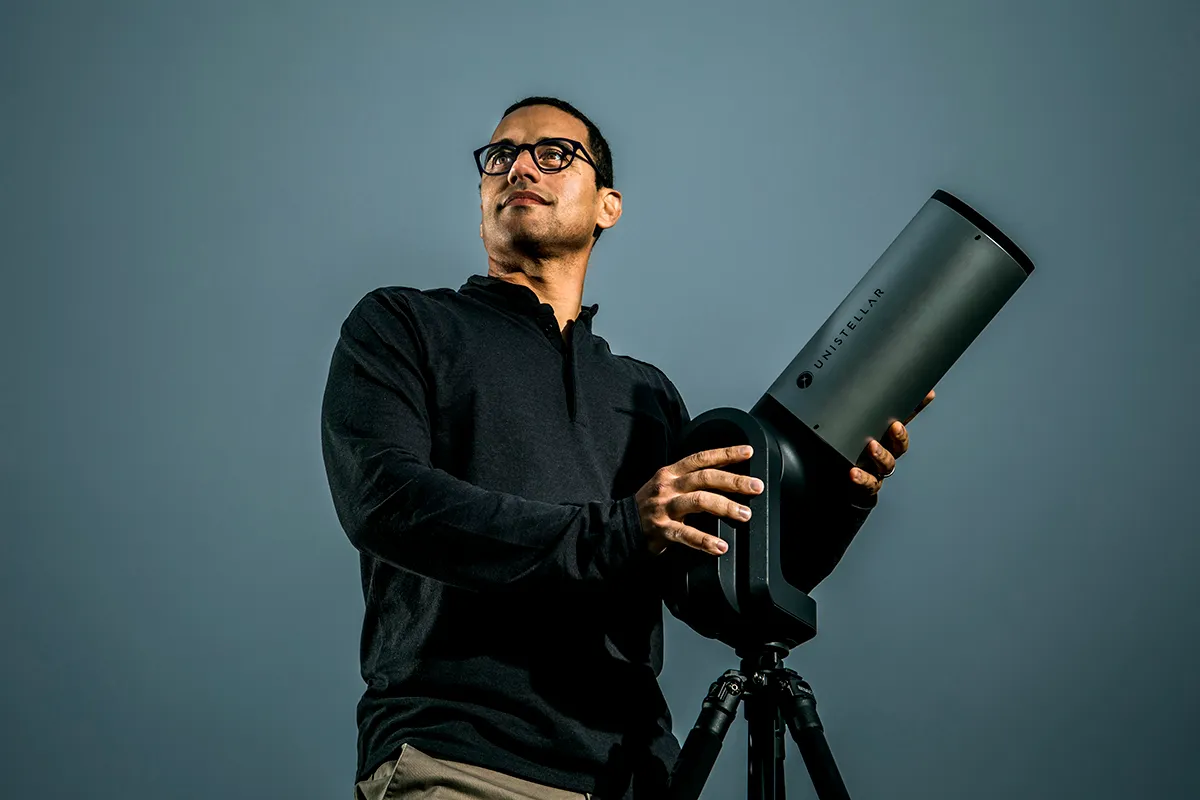
How did your involvement with Unistellar come about?
I joined the company in 2017 as a co-founder. I met the 3 initial co-founders at the Consumer Electronics Show and they told me about the telescope.
They had a prototype and I spoke about the SETI Institute, crowdfunding science, citizen science, and the idea that we could use all those telescopes to observe the sky continuously.That’s my goal.
In fact, my true goal is that if something were to happen in the sky right now, I could just send a notification and there would be someone on this planet with a Unistellar telescope that would take a picture or a video of what's happening.
And maybe you could link it to what we've just been talking about, right? It could be anything.
It could be an asteroid passing by Earth for which we want to refine the orbit. We already do that.
It could be a transiting exoplanet discovered by TESS that we want to confirm. We do this as well, using the Unistellar network.
It could be a star being occulted by an asteroid. We have done that for NASA’s Lucy mission.
So this is the core science we are developing at the moment.

We are soon going to be able to do comets. We’ve just started a project to observe comets, and we are trying to get the first big show of Comet C/2021 O3 PANSTARRS, which is just coming out from behind the Sun at the moment. [Note: it disintegrated a few days after this interview]
And we hope that our network will be the first one to detect it, to see if the comet has survived perihelion, for instance.
But we can do more. We can do supernovae, we can also to lasers.
Laser SETI is a project by the SETI Institute that is going to observe the sky 24/7 to detect those lasers that I spoke about.
If one day we detect one of these lasers, the telescopes of our network will be put into operation to observe those lasers continuously, so we will not miss the content of any messages we might be receiving, for instance.
We can do that with our Unistellar network as well.
The idea behind it as well is to help people to understand science by doing science.
One of the problems we have in our society is that people really don't have a clear idea of what the scientific method is.
So instead of telling them in classes and boring them to death like we’ve been doing for the past 200 years, we help them do it. We help them learn about science by doing science.
Some people have never had a telescope before. They observe with the Unistellar telescope, they send us the data, we process it, we send them the results, and then they get more and more interested.
Now some of our citizen astronomers are joining groups of professional astronomers, too, because they have became astronomers using our telescope.
Some have learned how to extract photometric information using the data.
So we are making them do science; democratising science and bringing science into every house that is interested, through these telescopes.
Do you think adaptive optics will eventually negate the need for space telescopes?
We will always need to launch space telescopes because the atmosphere will always absorb infrared, UV, for instance and astronomers can get a lot of information from these wavelength ranges.
However, we are building very large telescopes on the ground like the ELT and those adaptive optics systems will have a better resolution than space telescopes.
We have, for instance, published the past two years pictures of large asteroids using the SPHERE instrument on the VLT in visible light.
And you can see the craters, you can see the central peak of a crater on asteroids using ground based telescopes with adaptive optics in visible light.
So it's clear that this is the next technological step for ground-based telescopes, but I don't want to minimise the impact of space telescopes like James Webb Space Telescope.
However I'm betting that the first spectroscopic observations of potentially habitable planets will come from one of these large telescopes, the ELT or the TMT, because they have the ability to get enough photons to do an analysis of the atmosphere of those planets.
Keep up with Franck's discoveries by following Franck Marchis on Twitter.
